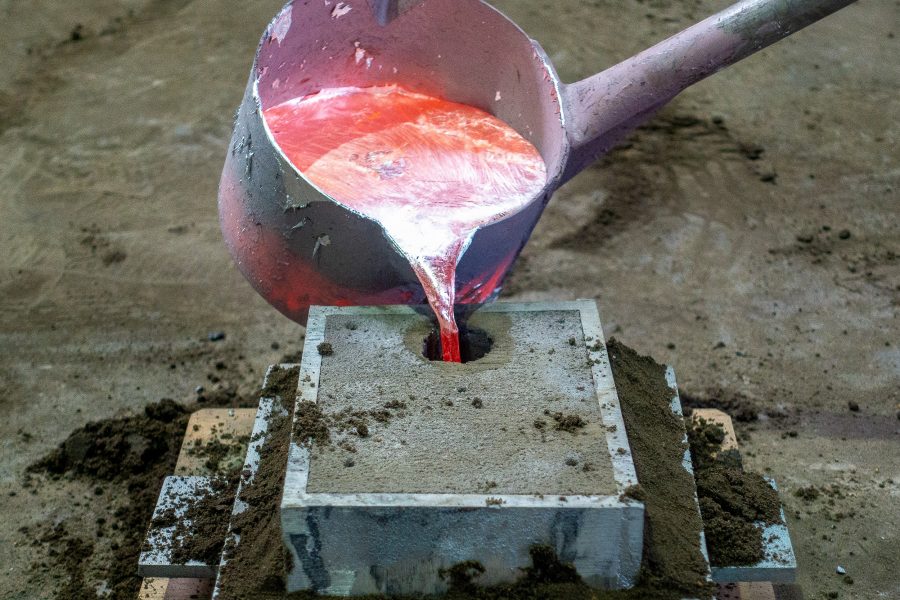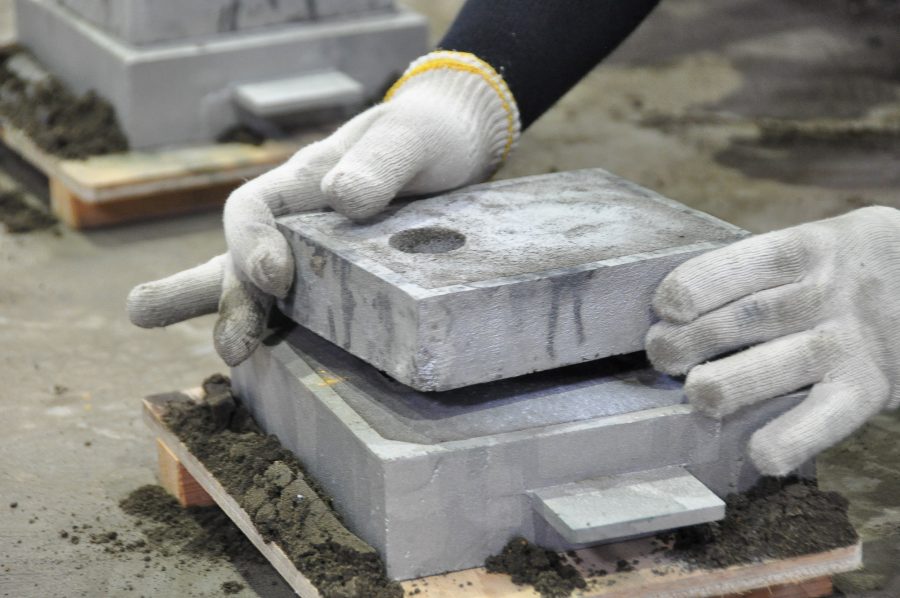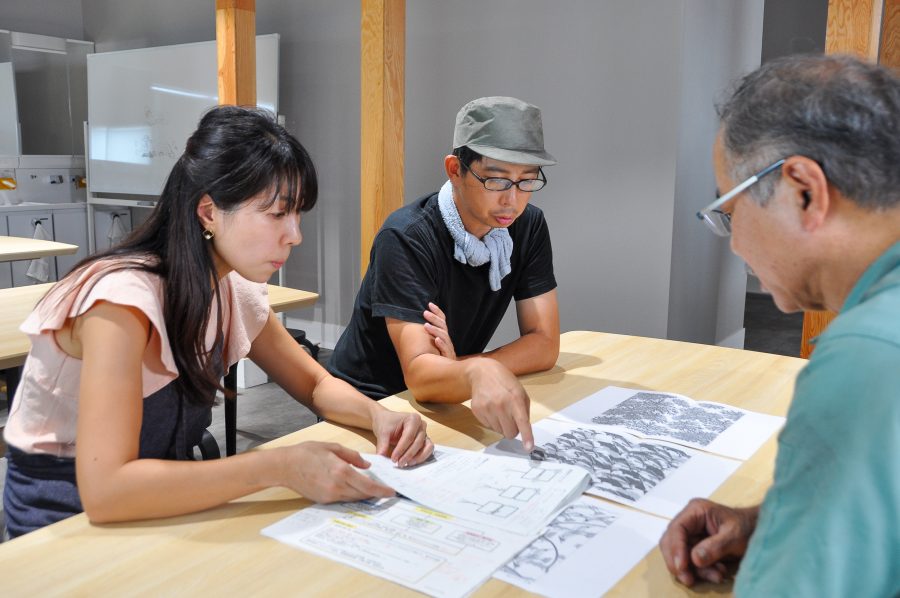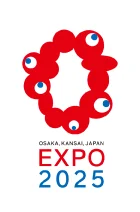
A number of visitors will see sign stands at the venue of the Expo 2025 Osaka, Kansai, Japan with participants from 161 countries and regions. Sign stands are aimed mainly at giving people information, guiding people, or providing announcements, which indicates that they themselves are not something that stands out. However, their significance can change considerably depending on what material is used for sign stands. Kanamori Alloy, with its headquarters based in Kanazawa City, Ishikawa Prefecture, takes on a challenge of developing products by making use of abnormal waste resulting from natural disasters through the recycling-oriented manufacturing that it has been pursuing and developing.
Kanamori Alloy was established in 1714. Yaemon Kanamori from Osaka was one of the seven founders who were summoned from all over Japan when Toshinaga Maeda, the second lord of the Kaga Domain, set up “Takaoka Casting” as part of his industrial development project. After several generations, a foundry named “Kamahachi” was set up in 1714, which is the year of the establishment of the company. Kanamori Alloy that originates in Osaka, where the Expo 2025 is to be held, has inherited and preserved the traditional sand-casting technique for about 400 years from the Keicho era to the Reiwa era when counting from the year in which Yaemon Kanamori was summoned by Toshinaga Maeda.
In sand casting, the top and bottom mold halves are made with sand and molten metal is poured into the cavity created between the top and bottom halves when they are put together. Kanamori Alloy manufactured armor and bells of Buddhist temples when it worked for the Kaga Domain, produced mechanical components at the request of customers after the Kaga Domain was abolished, and began to supply parts of 99.99% purity for rockets in 2006 by taking advantage of its smelting technique, through which it has established a reputation for its smelting and casting techniques.
Ms. Hiroko Koge, the 24th-generation Representative Director who has taken over the business, says, “The sand-casing technique has not changed at all since the distant past. It represents recycling-oriented manufacturing through which we smelt waste metals existing in our community and transform them into products at our company. The spirit of micro-cycling, in which waste metals generated in a community are effectively utilized locally, has been passed down and taken for granted for many years in the casting industry.” The company has supported a sustainable society with its proven casting technique for a long time, well before sustainability started to garner global attention.
“The purposes of signs are not only to give directions and information, but also to engrave messages. I believe that metal holds memories of its previous forms while it is recycled, reproduced, and transformed into various things. I would like to share the spirit of micro-cycling cherished in our casting industry,” Representative Director Koge said, expressing the thoughts that the company has put into its sign stands as one of the companies selected for the Co-Design Challenge in the Expo 2025 Osaka, Kansai, Japan.
Under these circumstances, an earthquake hit the Noto Peninsula, Ishikawa Prefecture, on January 1, 2024. The earthquake inflicted massive damage on the people and businesses in the region, including Kanamori Alloy, forcing the company to face such issues as leakage from the aluminum alloy melting furnaces and malfunctioning of the molding machines for producing sand molds which disrupted the molding process.

(a process called hand pouring in which a craftsman produces sand molds)

Share this article


